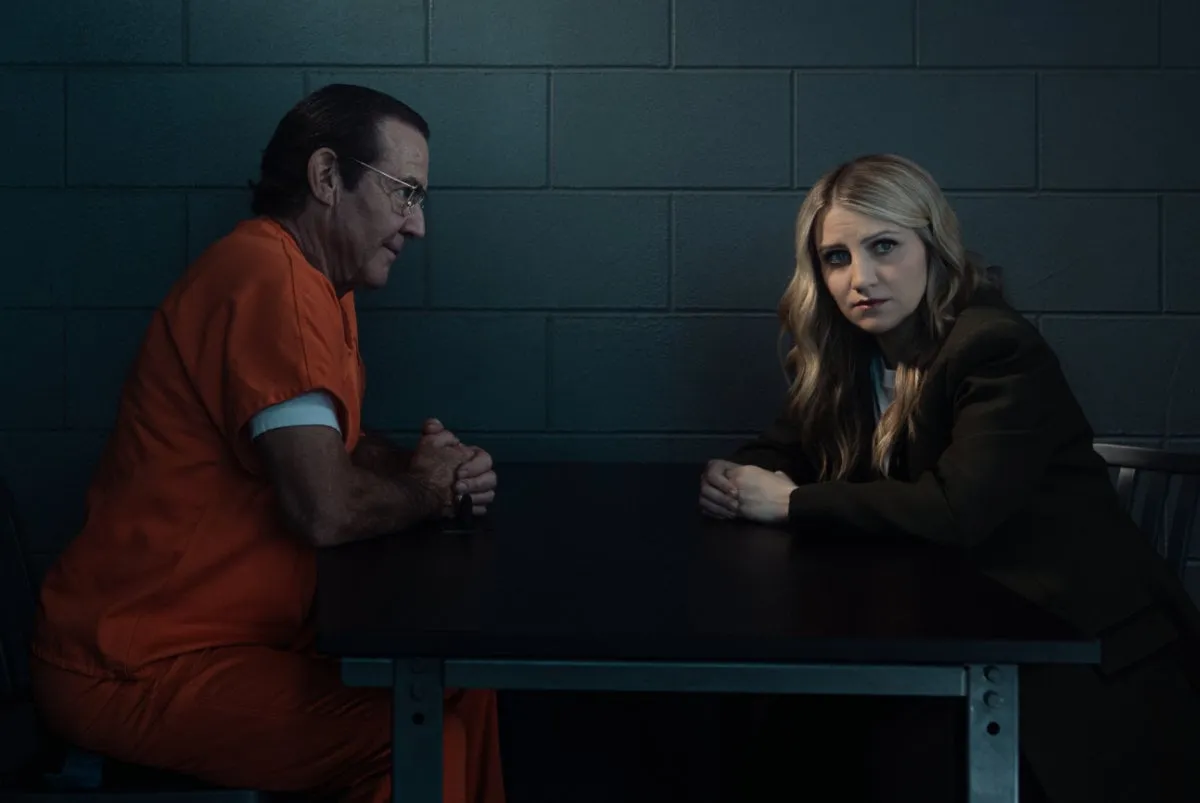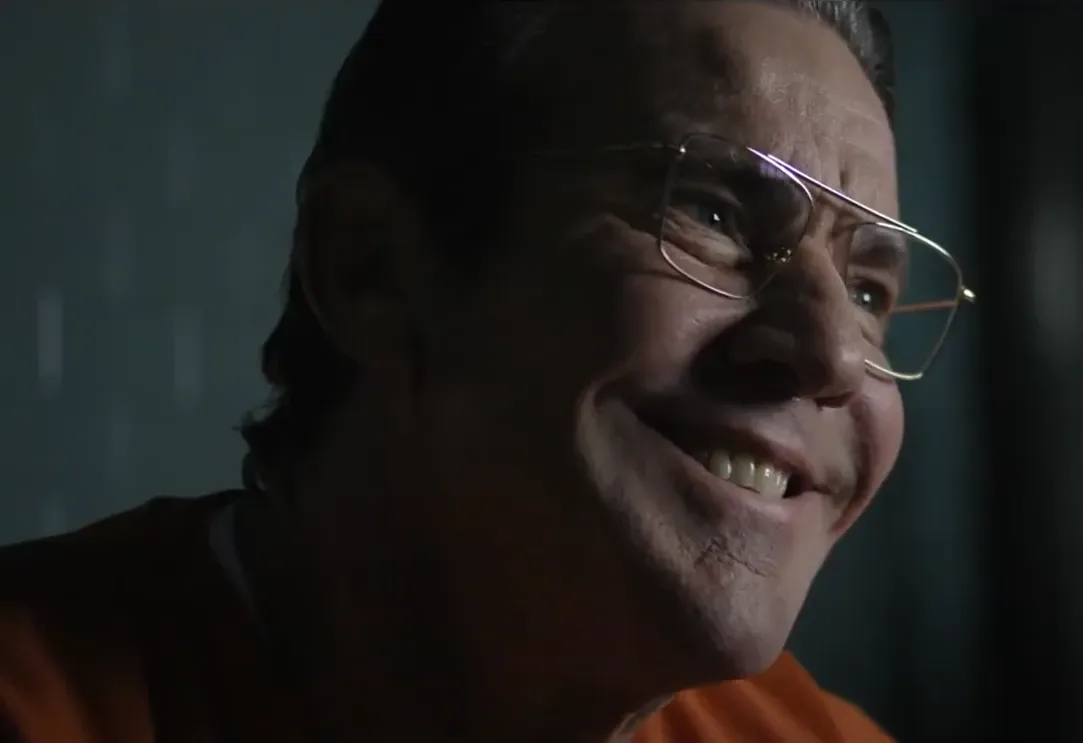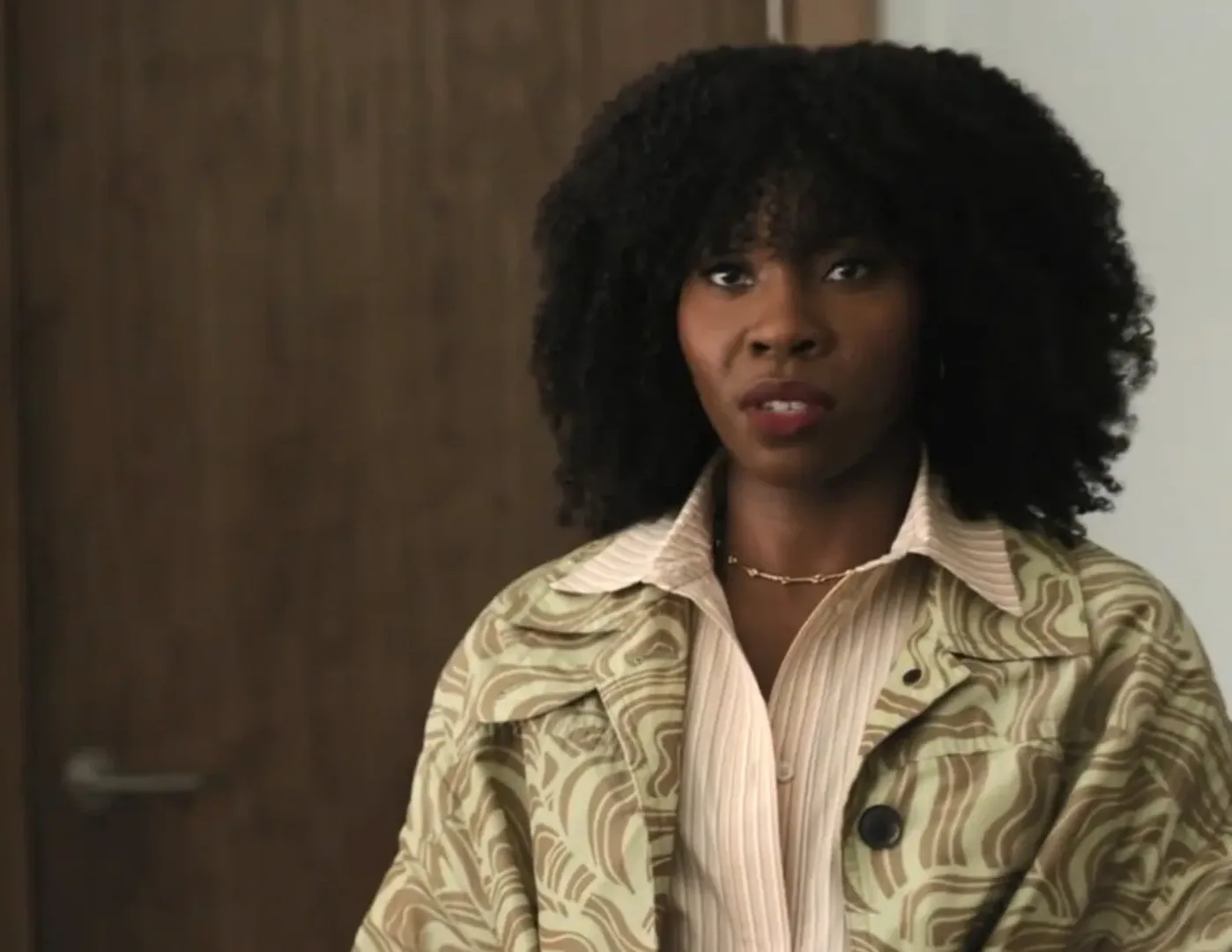Happy Face emerges as a television experiment that intertwines true crime with family drama, provoking a closer look at our current social fabric. The series draws from Melissa Moore’s own experiences documented in her podcast and autobiography, where personal history meets one of America’s notorious cases. Keith Hunter Jesperson, known by his chilling nickname, provides a grim backdrop that fills the narrative with both unease and personal conflict.
The story unfolds along two parallel timelines. One timeline reveals the weight of a past steeped in hidden family secrets and the scars of an unsettling legacy. The other portrays a present where Melissa faces the consequences of living with an infamous family name while managing her daily responsibilities. This split narrative structure casts light on the personal costs of a history that continues to shape individual identity and collective memory.
By choosing to redirect attention from the criminal figure toward the experiences of those caught in his wake, the series comments on the current appetite for true crime stories. The production offers a critical look at how such content influences public perception and social dialogue, prompting viewers to reconsider which voices deserve to be heard in today’s media environment.
Narrative Complexity and Structural Rhythm
Melissa’s pursuit to uncover forgotten truths sets off a chain of events that propels the series forward in unexpected ways. The spark occurs when her estranged father makes a startling revelation—a claim regarding a previously unacknowledged crime that shakes the foundation of her carefully managed life.
This twist ignites a series of investigative moves, with Melissa taking deliberate steps to piece together a story that spans decades and intertwines personal pain with public implications.
The storytelling operates on two levels. One track follows a methodical reconstruction of events from her troubled youth, marked by flashbacks that peel back layers of memory and regret. These glimpses into the past help explain the shadows that continue to haunt her present.
The other track focuses on a tense and immediate investigation, wherein each new piece of evidence seems to pull her deeper into a maze of conflicting loyalties and unexpected alliances.
Family dynamics provide an important subplot, where Melissa’s interactions with her husband and children reveal a life under constant strain. The weight of an infamous legacy clashes with the ordinary challenges of raising a family, offering moments that mix somber reflection with a touch of wry humor.
Meanwhile, a parallel narrative emerges through the media machine at The Dr. Greg Show, which casts its own spotlight on the unfolding drama, raising questions about the intersection of personal tragedy and public spectacle.
Attention is drawn to the pacing, where measured, thoughtful scenes intersperse with bursts of urgency and high stakes. As each investigative step leads to another twist, the series keeps viewers alert with its oscillation between the slow burn of character introspection and the rapid cadence of unfolding revelations.
Character Development and Interpersonal Dynamics
Melissa emerges as a layered figure, a woman managing long-hidden secrets alongside the weight of everyday obligations. Her past, marked by the actions of a notorious family member, casts a persistent shadow that influences her decisions and emotions.
There is a palpable tension in her quiet moments, a mixture of regret and internal struggle that colors her interactions. The character is portrayed with a sensitivity that captures both vulnerability and quiet strength, inviting viewers to consider how personal history can shape current identity.
Her immediate family feels the ripple of inherited pain in every shared glance and unspoken moment. Ben, her husband, faces uncertainty as he watches the past intrude on what should be a stable life together.
Their children, Hazel and Max, exhibit behaviors that mirror the unacknowledged sorrow and hidden truths within the household. These dynamics are captured in subtle gestures—a lingering look, a soft touch—that convey more than words ever could, hinting at the deep-seated effects of familial secrets.
Keith Hunter Jesperson is shown in a manner that surprises with its mix of menace and disarming charm. His character forces the audience to reconsider preconceived notions about guilt and charisma. In contrast, supporting figures like Ivy, the resolute producer, bring a pragmatic perspective that both challenges and anchors Melissa’s tumultuous experience.
The ensemble cast, including colleagues and acquaintances, contributes a spectrum of reactions that range from skeptical detachment to compassionate concern, creating a vivid picture of a community affected by hidden legacies.
As the episodes progress, the transformation in character dynamics is evident. Intimate family exchanges, brief yet meaningful confrontations with her father, and charged workplace interactions all contribute to a narrative rich with emotional nuance.
A quiet scene in the family living room, for example, speaks volumes about the unspoken burden each member carries. The actors deliver performances that capture subtle shifts in mood and sentiment, using minimal dialogue to communicate complex emotions and unspoken truths.
Thematic Exploration and Genre Fusion
Happy Face examines a well-known genre while questioning its tendency to treat genuine sorrow as mere entertainment. The show scrutinizes the spectacle that arises around notorious crimes, particularly through the lens of a fictional talk show.
This format invites viewers to reconsider the role of media in shaping public interest in tragic events. The portrayal of The Dr. Greg Show serves as a microcosm for the larger issue of sensational reporting, highlighting how the allure of scandal often overshadows the human cost behind the headlines.
The series casts a bright light on the personal toll of a notorious legacy. Melissa’s life is marked by the heavy burden of a criminal past, and her ongoing internal struggle is presented with both gravity and subtle humor.
The narrative shines a light on the persistent effects of a family history that refuses to fade, capturing the nuances of guilt, personal accountability, and the search for meaning amid unrelenting pressure. Her interactions with close relatives show a spectrum of reactions—from quiet resignation to overt discomfort—as each character copes with a shared trauma.
Ethical challenges emerge in the way the show portrays the re-examination of long-buried secrets. By revisiting moments of personal tragedy, the series questions the balance between the public’s right to know and the privacy of those affected. It asks viewers to consider whether reopening old wounds might serve as a form of reckoning or simply a channel for renewed exploitation.
The series mixes investigative reporting with intimate family scenarios and dashes of dark humor. This collision of styles creates a rich, unpredictable texture in both its narrative rhythm and visual storytelling. Every twist in the investigation echoes deeper social issues, while the shifting tones remind us that the impact of history is anything but static.
Visual Style, Direction, and Production Elements
The director and showrunner establish a precise visual tone that reinforces the narrative’s tension. Flashbacks are interwoven with current-day scenes, creating visual contrasts between quiet domestic moments and the stark nature of investigative sequences.
Lighting is employed to highlight contrasts between shadow and brightness, reflecting the internal conflict of characters and the external pressures they face. Camera angles vary from tight, emotionally charged close-ups to expansive shots that capture the breadth of dramatic settings, contributing to a palpable sense of urgency.
Musical cues, featuring tunes with a wry twist, punctuate moments of humor amid darker themes, adding a layer of irony to the unfolding events. The meticulously designed sets and production quality ensure that both intimate interactions and procedural elements possess a tangible realism, enhancing the atmosphere and supporting the series’ exploration of personal and societal issues.
Conclusion and Future Directions
Melissa’s emotional journey stands out, her experience symbolizing the personal struggle to overcome a painful family past. The narrative, merging domestic drama with a relentless investigative quest, invites viewers to reflect on how heritage shapes individual identity and steers public conversation.
Several plot threads remain in flux, leaving openings for new explorations and further character evolution in upcoming episodes. The tension between familial legacy and media spectacle creates a stage for discussions about accountability, privacy, and the forces molding public sentiment.
With a shifting pace that oscillates between quiet reflection and moments of urgent discovery, the series raises questions about the portrayal of historical events in today’s streaming era.
This storytelling approach challenges conventional formats and hints at a future where television narratives might alter viewer expectations and reshape the cultural dialogue surrounding true crime and personal redemption.
The Review
Happy Face Season 1
Happy Face offers a thoughtful true crime drama that addresses personal struggles and societal challenges through a mix of investigative suspense and family dynamics. The series redefines the typical format on streaming platforms by examining media portrayals of tragedy while illuminating the impact of a notorious family legacy. Its layered narrative and strong performances deliver an engaging, if occasionally uneven, experience.
PROS
- Strong performances from the lead cast
- Innovative storytelling that blends genres
CONS
- Some pacing inconsistencies
- Occasional tonal shifts may confuse viewers




















































